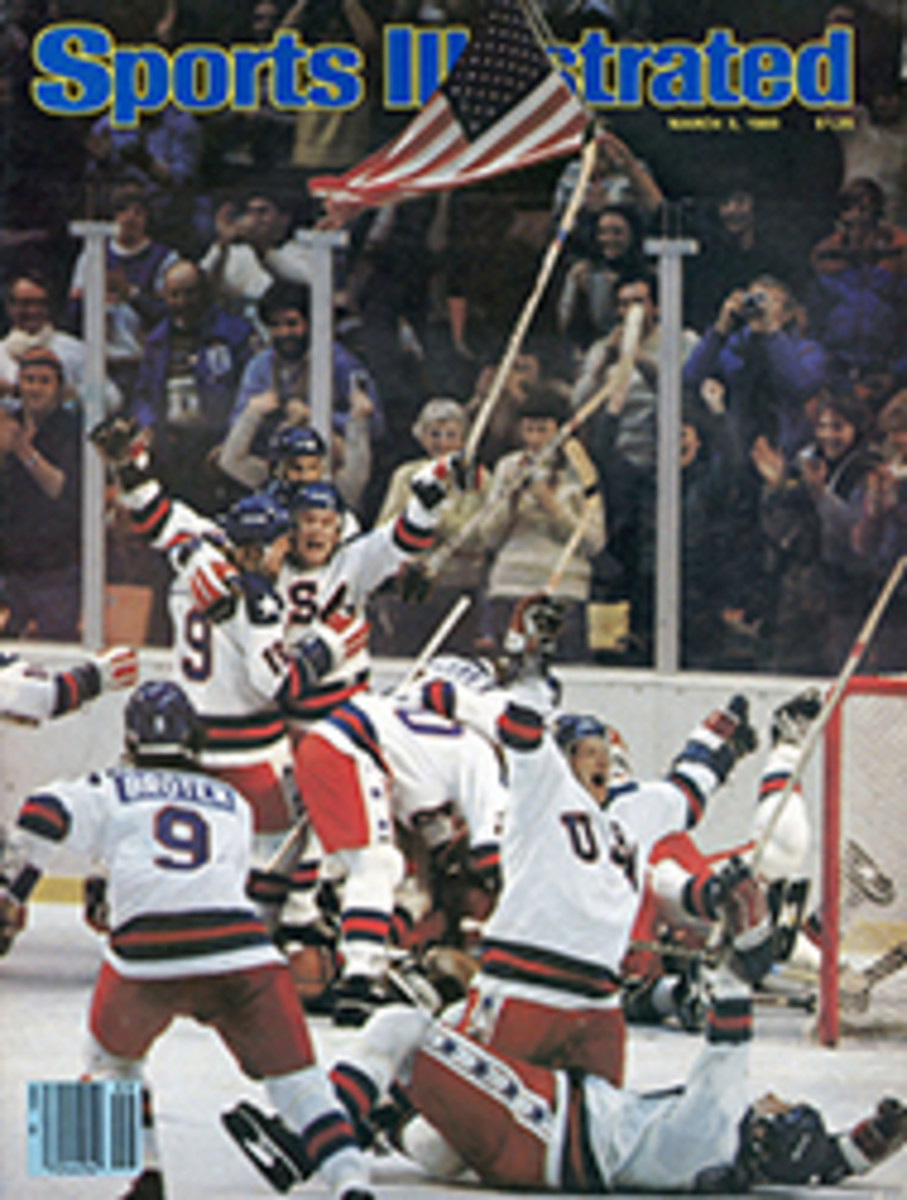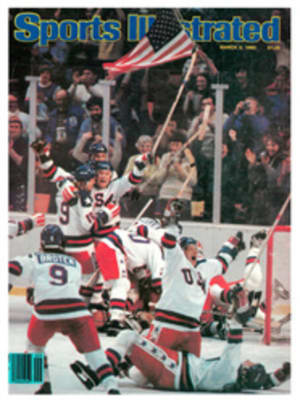
AN UNEVEN BOOK DEPICTS THE UPS AND DOWNS OF THE MANASSA MAULER
To the best of my knowledge, Jack Dempsey is the first major American sports figure to have found a biographer in the groves of academe. His name is Randy Roberts, he teaches in the European Division of the University of Maryland, and his biography is entitled Jack Dempsey: The Manassa Mauler (Louisiana State University Press, $14.95). It is, considering the source, exactly the kind of book one would expect; scrupulously researched and competently written, but loaded down with excess thematic baggage that seems calculated to give it academic legitimacy. Let's get rid of the bad news first. Professor Roberts is inclined toward gassy psychologizing. Of the young Dempsey drifting from tanktown to tanktown, he writes, "The dilemma of the existential world is life without values. Man instinctively needs an anchor; he fears being set free in a valueless sea." Of Dempsey in the ring: "In Freudian terms he was the embodiment of the unleashed primitive id."
Furthermore, Roberts attempts to assign Dempsey an inflated role in American social history. Comparing him with Charles Lindbergh and Henry Ford, Roberts writes:
"Essentially, Dempsey is a better metaphor for the 1920s than Lindbergh or Ford because he and his image are more complex. In Ford and Lindbergh we see none of the glitter of the tantalizing scene
..Dempsey is part of this heritage of glitter.
"The Dempsey image, however, reflects another side of the decade, the side that did not roar. By temperament, Dempsey was a quiet, conservative man.... Outside of the ring his attitudes were little different from the vast majority of Americans....
"Dempsey, in addition, was the physical manifestation of yet another universal impulse: the longing of the average man to destroy the giant...."
There's enough truth in all of this to give it a superficial plausibility, but scratch the surface and you find little more than idle speculation. Though certain aspects of Dempsey's private life and public career parallel themes of American life in the '20s, others do not. Nowhere in the years he held the heavyweight championship can one find the desperation that lay so closely beneath the "glitter" of the decade. Nowhere is there the slightest suggestion of the artistic and intellectual revolution of the '20s. Nor is there any evidence, for the public record at least, of the traumatic shift in moral attitudes that began to take place in the age of the flapper.
What's happened to Roberts is that he has fallen into a trap that beckons all biographers: he has attempted to insinuate more meaning into his subject's life than the facts of that life can uphold. He tries to make a man into a metaphor, but it just won't wash—not, at least, in my machine.
Yet when Roberts sticks to basic biography, he is good. His account of Dempsey's childhood in Colorado is sympathetic but never saccharine. He describes a photograph of the 16-year-old pugilist-to-be:
"The nose, broken in several places, the expressionless mouth, and the cold, haunting eyes suggest a childhood that had been something less than kind."
But it was that cold childhood that equipped Dempsey for the brutal upward fight through the saloons in which Western boxers of the day slugged away their lives. He was a tough and violent man of unspectacular physical attributes but he possessed a fierce, icy determination. Though it was a stroke of good fortune that he came under the management of Doc Kearns, who "had great courage and no ethics or morality," it was his own extraordinary grit and tenacity that separated him from the crowd of pugs, hard cases and small-time crooks.
Dempsey's timing, if accidental, was excellent. When he took the title away from Jess Willard in 1919, boxing was held in disrepute, in particular by religious groups whose activities Roberts describes in some detail. Dempsey, his image carefully honed "both by himself and the manipulators of the media," was just what the sport needed: a roughly handsome fellow who fought hard and spoke modestly. In the years he held the title, Roberts concludes, he "became a token of stability, a symbol of heroism."
In this instance, Roberts' interpretation of Dempsey's life is not excessive. With Babe Ruth and Red Grange, Dempsey was one of the three great sports heroes of his day, a true "people's champion." Moreover, unlike most who come suddenly to riches and celebrity, he seems to have been refined by the experience. The rough edges really did become smoother: he made great strides toward overcoming his shyness, he learned to speak easily to public gatherings, and he won a place in the nation's heart when, after losing to Gene Tunney in 1926, he told his wife, "Honey, I just forgot to duck."
After an unsuccessful attempt to regain the crown, Dempsey went on to become a successful restaurateur and a national institution. Oddly, this doesn't seem to interest Roberts much, for he gives the years since 1927 less than three pages. He doubtless is right, though, that the years from 1919 to 1927 are the ones that really count, and on balance he has done quite well by them.

